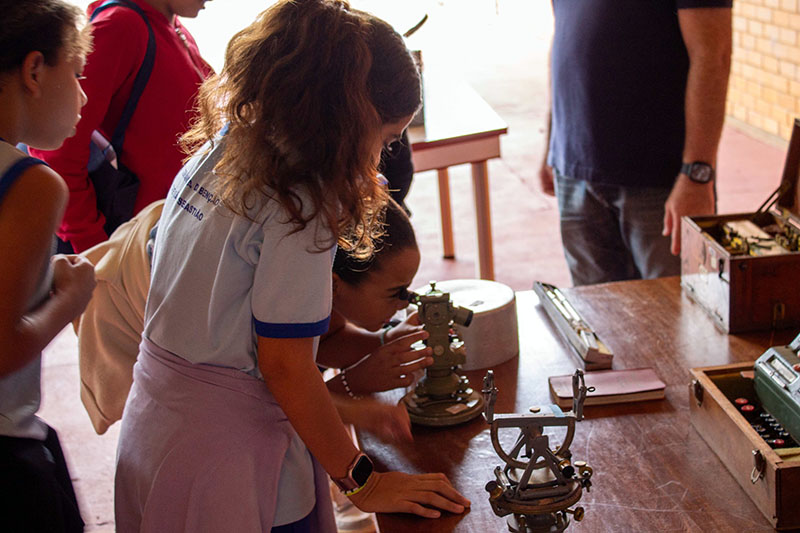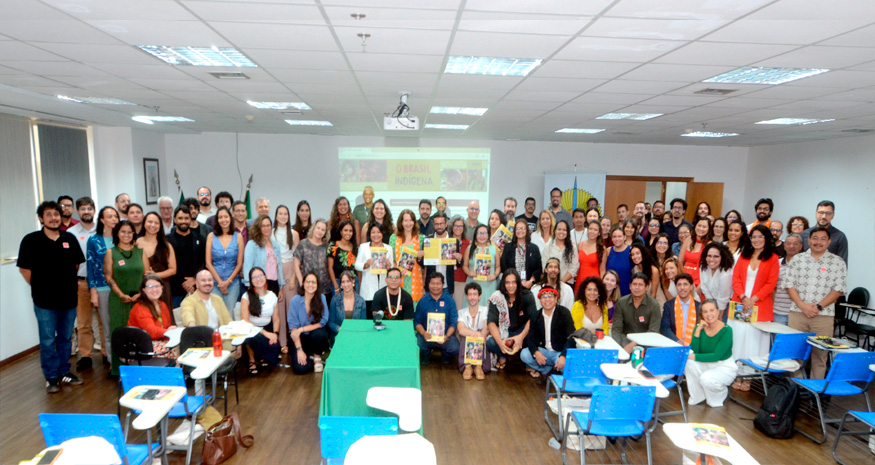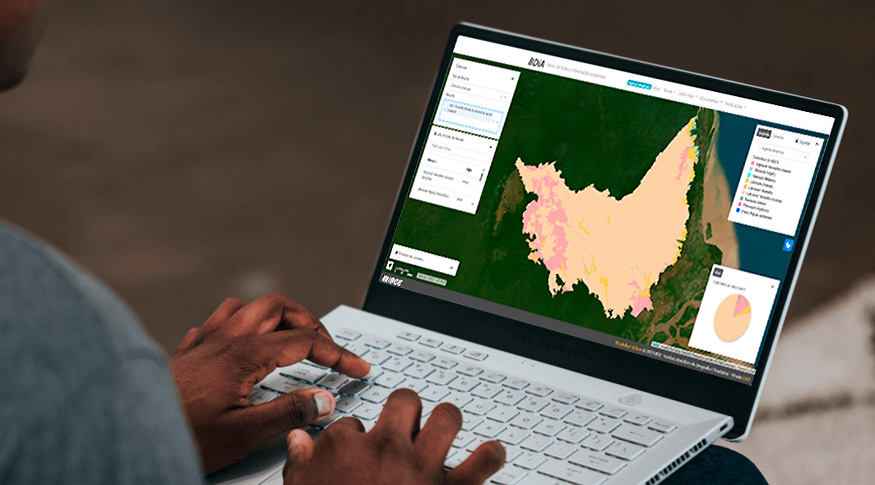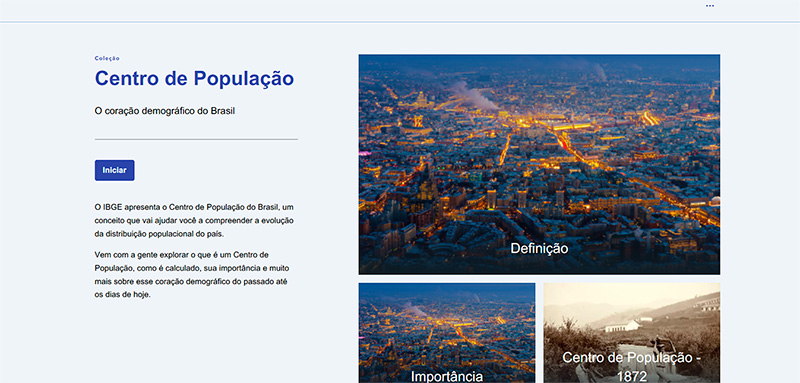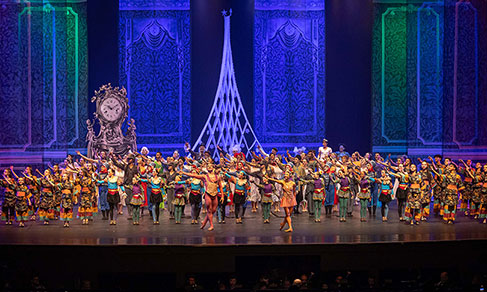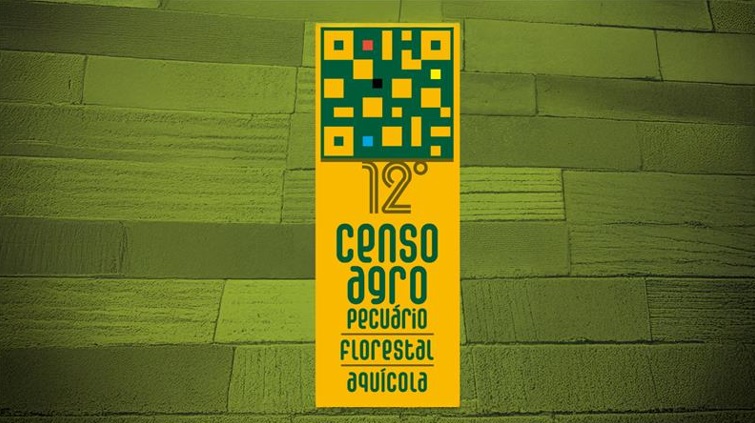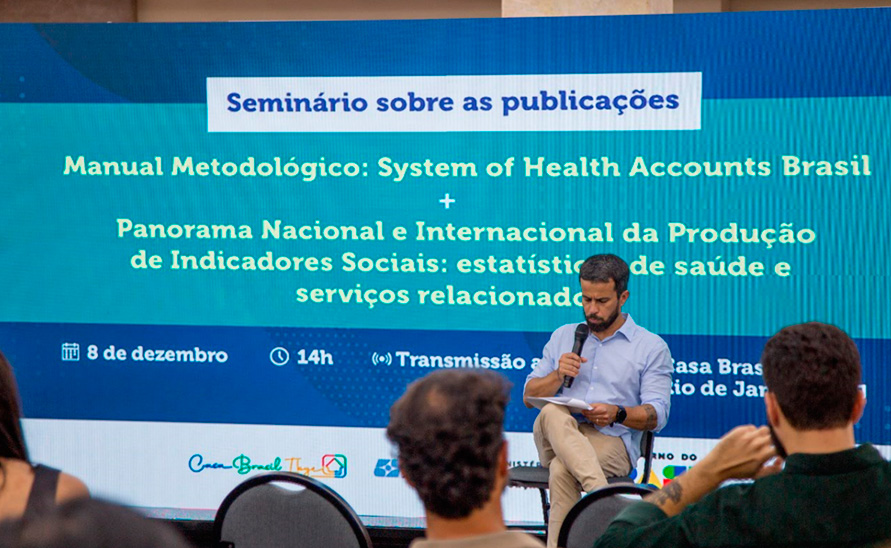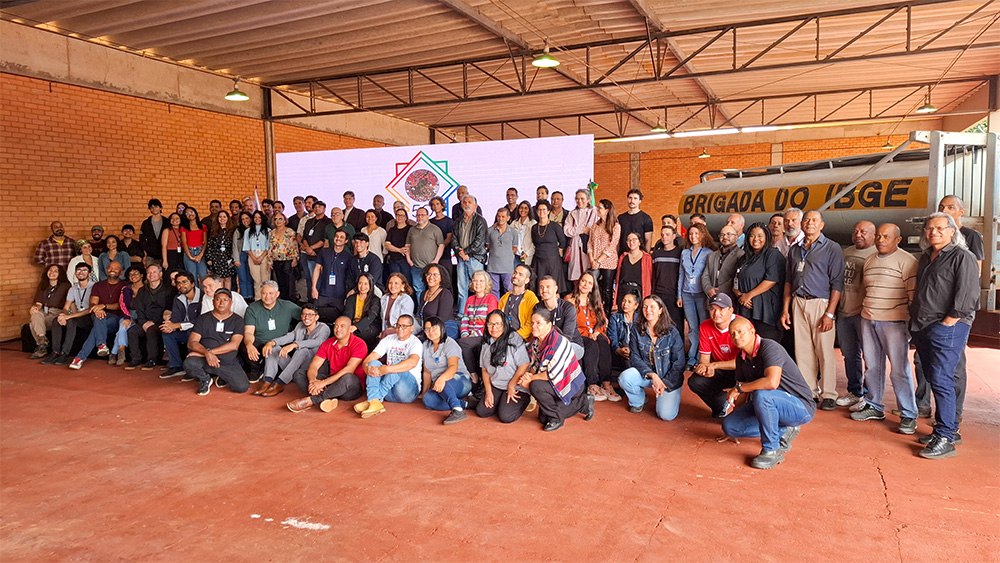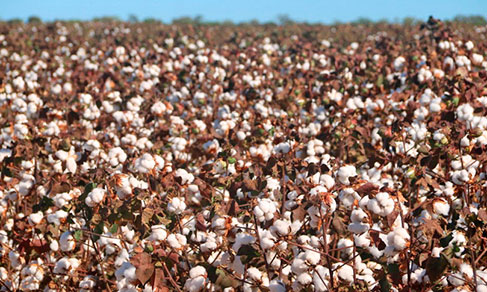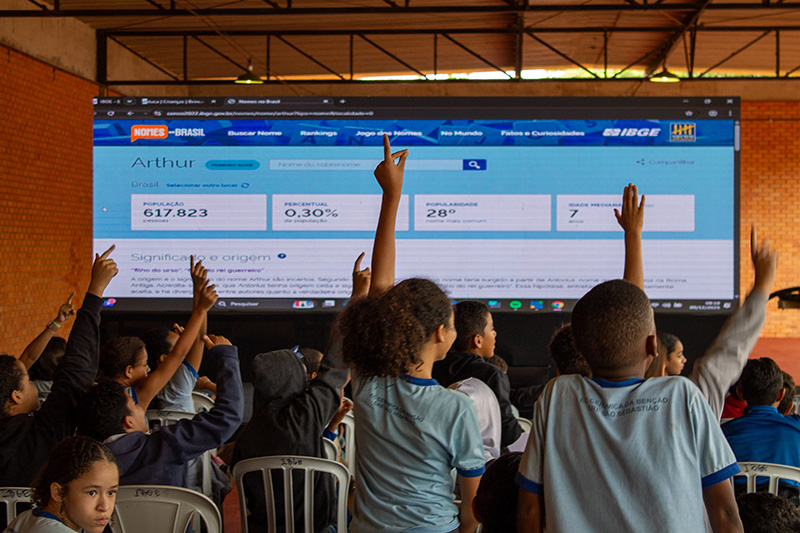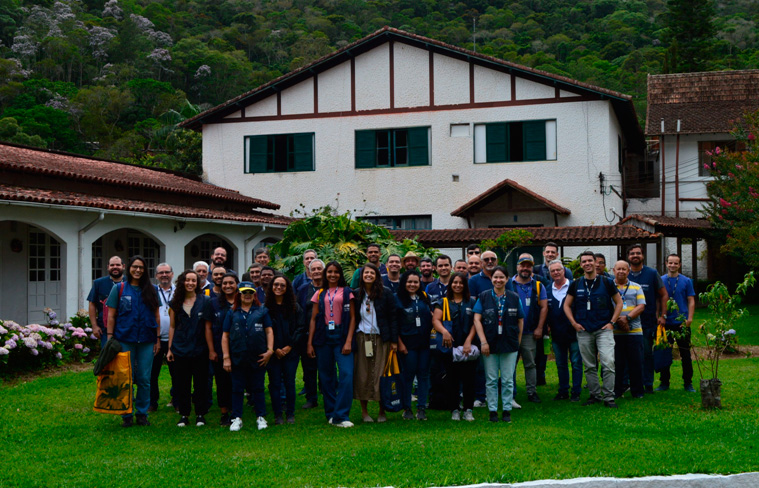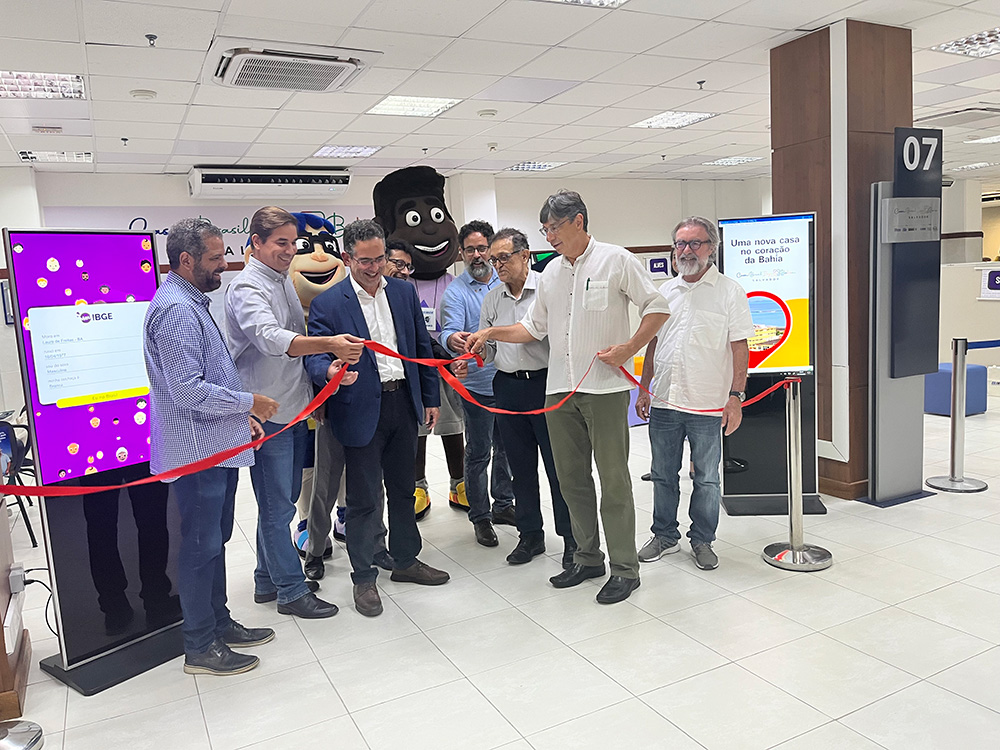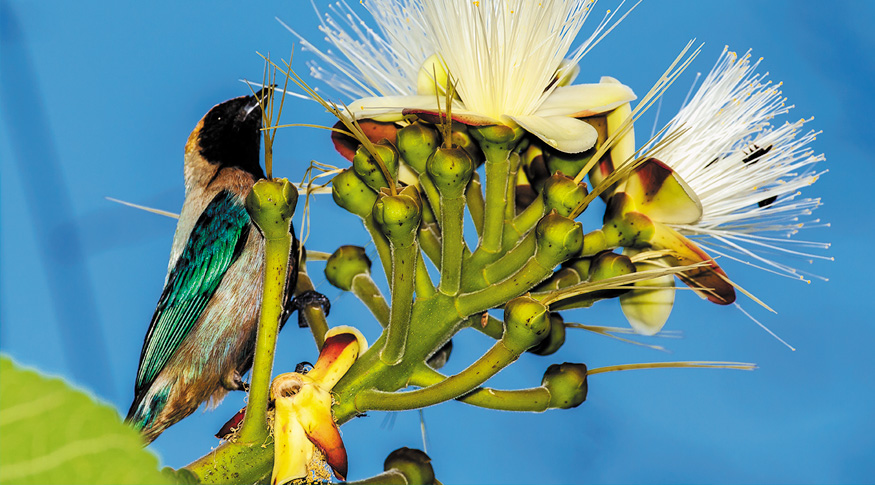IBGE Ecological Reserve
When completing 50 years, IBGE Ecological Reserve can be integrated into the National System of Conservation Units (SNUC)
February 18, 2025 10h00 AM | Last Updated: February 20, 2025 03h27 PM
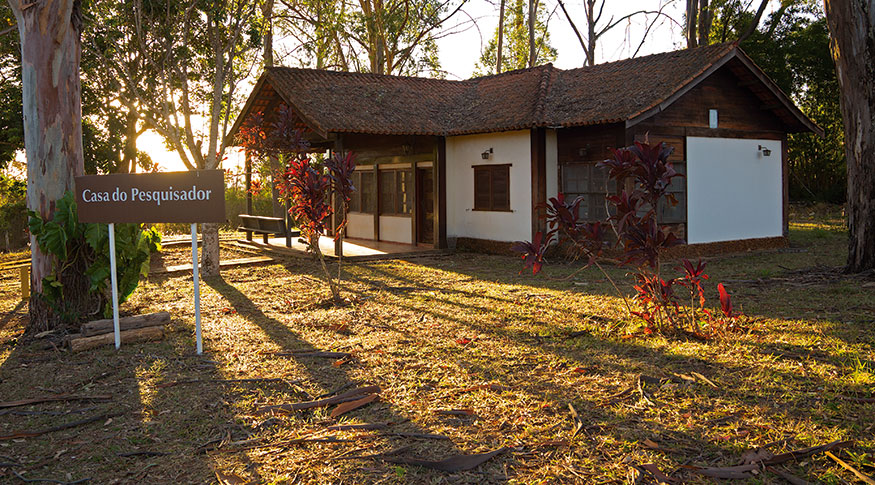
In the year that it completes 50 years, the IBGE Ecological Reserve (RECOR), located in the Federal District (DF), can be integrated into the National System of Conservation Units (SNUC). Last year, the IBGE began to recategorize the area to integrate the SNUC, created by Law no. 9,985, of July 18, 2000, and regulated by Decree no. 4,519, of December 13, 2002. The process is in progress in the Ministry of Environment and in the Chico Mendes Institute for Biodiversity Conservation (ICMBio). In November 2024, two ICMBio technicians visited RECOR to inspect the area and start the integration process.
After a technical study by the ICMBio to establish the category in which RECOR fits, the Ministry of Environment will proceed with a legal analysis. Once approved, the Ministry drafts a decree creating the Unit, which will be analyzed before the sanction of the President of the Republic and then published in the Official Gazette. After the publication, RECOR will integrate the SNUC.
Once a Conservation Unit, RECOR will be managed by the IBGE and by ICMBio, which will be in charge of managing the management plan that rules all environmental preservation activities. Moreover, the partnership will allow new investment opportunities in the area, as well as the improvement of the current activities.
The IBGE Superintendent in Brasília (SES-DF), Gabriel Antonaccio, pointed out that "the inclusion of RECOR in the SNUC provides a bigger legal support to its protection. In practice, it strengthens the actions of preservation and management of that area, guaranteeing the maintenance of its ecosystems and biodiversity, thus contributing to the preservation of the local ecosystems and to the advance of the scientific knowledge on the Cerrado biome."

RECOR hosts researchers and students
Located at the Administrative Area of the Botanic Garden, the IBGE Ecological Reserve is a preserved conservation area of the cerrado, whose one of the major goals is the scientific research. With 1,391.25 hectares an located in the center-south of the Federal District 25 km far from Brasília downtown, the IBGE Ecological Reserve, which is a research center used by Brazilian and foreign researchers, is visited by students from school and universities as well. The Reserve is included in the Wildlife Preservation Zone of the Area of Environmental Protection of Bacias do Gama e Cabeça de Veado (Apa Gama e Cabeça de Veado - created by Distric Law no. 9,417/1986), which created the Botanic Garden of Brasília (JBB), the Fazenda Água Limpa of the University of Brasília (UnB) and ARIE Capetinga-Taquara.
RECOR shelters different ecosystems and protects more than 4 thousand species. Among them, 61 endangered species (30 plant species, being 3 cultivated and 31 animal species) and nearly 91 endemic species (species that occur in a given geographical area) of the cerrado biome. It counts with nearly 400 theses, 800 researches and dozens of detailed maps.
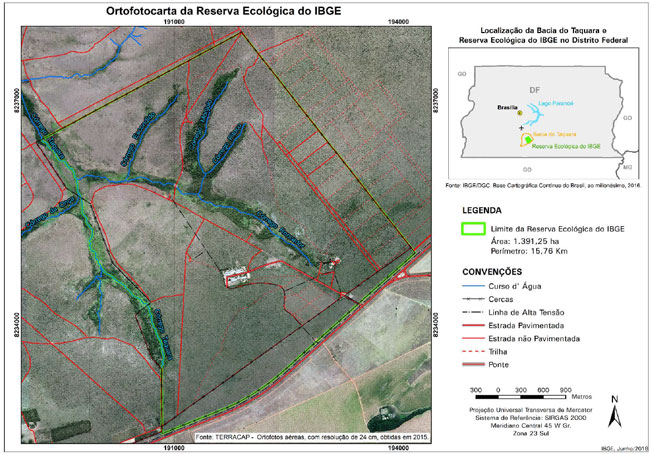
"The Reserve is one of the studied areas in the Cerrado Biome, providing the scientific community with a comparions parameter between what happens inside a conserved area and what happens in a non-conserved area," highlighted
Created on December 22, 1975, RECOR is a protected area of major scientific relevance, managed by the IBGE. The unit became a reference in the production of environmental data, focusing on providing support to the sustainable territorial planning of the cerrado biome. Since 1998, RECOR integrates the long-term ecological research stations that comprise national and continental networks intertwined with ILTER international network (International Long Term Ecological Research Network).
"In December, RECOR celebrates 50 years. We got the recognition from Brazilian and foreign institutions of research and conservation as an area of extreme relevance to the scientific research in the cerrado biome. More than 500 institutions became partners and nearly 40% are foreign partners. We have partnerships in the entire world, in every continent. RECOR reached a wide national and international recognition, becoming an icon for the research in the cerrado as it allowed the ecological experimentation. In 1989, we decided for the ecological experimentation, which allowed several national and foreign institutions to come and participate in experiments, as it was a unique opportunity to test hypotheses on the structuring factors of the cerrado biome under controlled conditions," highlighted Mauro Cesar Lambert, the Reserve´s Manager (GRECOR).
Fire project analyzed greenhouse gas emission
The Fire project was the longest experiment in the Reserve. Along 20 years, it allowed prescribed and controlled fires in different areas. The study analyzed the impact of fires in the greenhouse gas emission, as well as its consequences for the soil, fauna and flora. The data then obtained are used in Brazil to monitor climate changes. Moreover, the Reserve housed researches on the effects of lasting droughts and excess of rainfall in the cerrado, as well as studies on agriculture.
Leonardo Bergamini, Manager of Environment and Geography (GMAG-DF), coordinates the project that monitors the bee fauna. He explained that it is a relevant work as "it is a very important group for providing a pollination environmental service, helping in the reproduction of plants to produce seeds." He also explained that "to be recategorized as a SNUC unity will provide more protection to this area to carry out all the ecological researches that are being developed here. It will open the ICMBio doors, as well as from other institutions, that will help both in the conservation of the area and in the development of the researches."
The IBGE Superintendence in the Federal District id directly involved in the administration of RECOR, housing several departments in its headquarters, like the Department of the IBGE Ecological Reserve (GRECOR), the Department of Geodesy and Cartography (GGC-DF) and the Department of Environment and Geography (GMAG-DF). Such proximity streamlines the integration of the activities of research and conservation with other IBGE actions in the area. It includes the coordination of programs of ecological research, maintenance of the infrastructure required by scientific studies and implementation of conservation actions of local biodiversity.
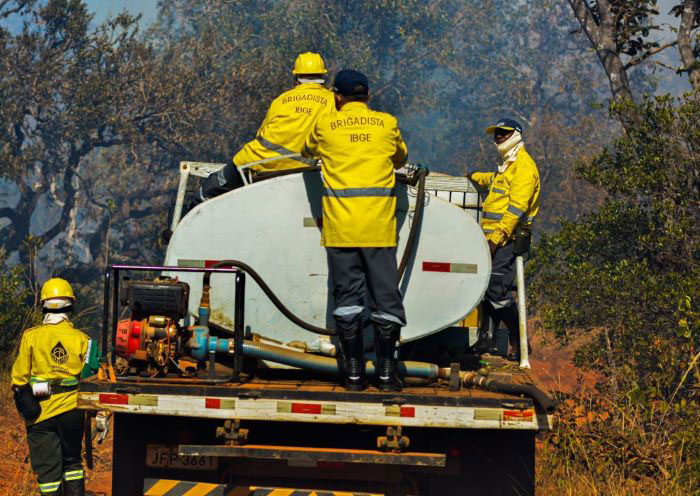
Herbarium has a collection of cerrado plants
Created in 1977, the IBGE Herbarium is located at the IBGE Ecological Reserve and shelters a collection of cerrado plants and specimens of other regions. It also shelters some samples of mould, wood and fruits, adding up to more than 87 thousand specimens. The Reserve also houses the Zoological Collection, comprisng sub-collections of fishes, insects, birds and mammals, with more than 12 thousand specimens of fishes and 70 thousand specimens of insects, being a reference of the biodiversity of the cerrado.
"The importance of the herbarium is to document such material, in what we call main objective. It is very important ot have such records. These collections are quite valuable, they are priceless. We have a follow a protocol in order to not lose the material when we are collecting these plants to enrich our collection. It is a thorough work, though very rewarding, producing a major result for the scientific community and for public policies," states Marina Fonseca, Curator of the Herbarium of the IBGE Ecological Reserve.
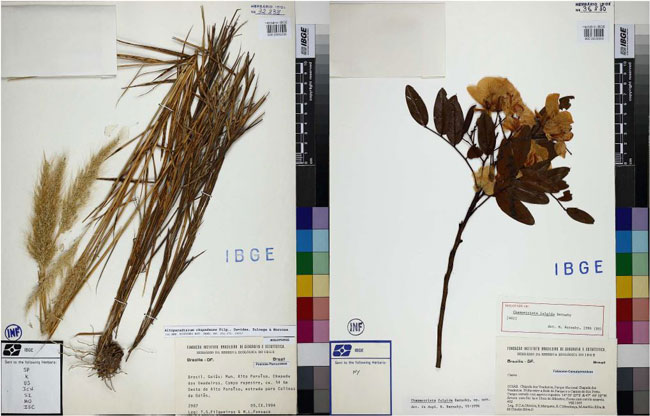
The IBGE Herbarium in the Reserve participated in the Reflora project of the Botanic Garden of Rio de Janeiro. The project photographed the entire collection of more than 87 thousand dried plants (plant samples). "Our Herbarium is completely automated, with photographs. In the past, when these resources were not available, scientists, taxonomists and researchers had to travel to carry out their researches," explained the Herbarium´s Curator.
One of the projects developed by the RECOR team and partners is the study of Lobelia brasiliensis, an endemic species of the Federal District. "We are studying the dynamics of the Lobelia brasiliensis population that occurs in the Reserve in order to understand an understudied species, a rare species that has a great ornamental potential. Among other factors, they are more endangered due to the climate change, which especially affects wet areas where this species blossoms. So, it is important to direct efforts to species that blossoms in these areas as well," explained Iona´l Moura, the coordinator of the project.
A new species was recently discovered, Paepalanthus fonsecae, of the Eriocaulaceae family, named after Marina Fonseca, then Curator of the IBGE Herbarium, who was the first person to harvest it in 2018, during an expedition to the Chapada dos Veadeiros National Park. The discovery was recognized as a new one after an analysis by botanists and subsequent studies. Located in the municipality of Alto Paraíso de Goiás, this species is considered critically endangered and known only in collections of the central region of Brazil. Its description was published in October 2024 in the Nordic Journal of Botany.

Besides the IBGE Herbarium in RECOR, the IBGE has another hearbarium located in the Botanic Garden of Salvador, known as RADAMBRASIL Herbarium. The two harbaria also integrate the Brazilian Network of Herbaria and the Index Herbariorum. With more than 52 thousand specimens and a diversified collection, the RADAMBRASIL Herbarium (HRB) was created in 1980. That place stands out for represneting the flora of the North and Northeast regions.
Visits:
To visit the IBGE Ecological Reserve, it is required to ask for the visit and/or enroll in any Reserve project. Requests are made through the Reserve website. Each researcher and graduation or postgraduate student receives a card to access the Reserve during the period of the project.


